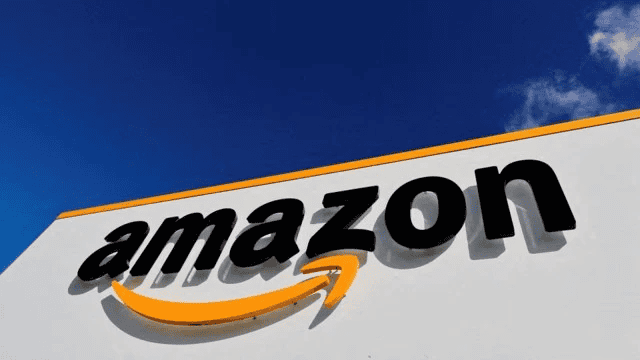Amazon has introduced Vulcan, a new warehouse robot with a sense of touch. This robot features two arms. One arm rearranges items, while the other picks and moves products using a camera and suction cup.
Vulcan uses force sensors to detect contact with objects, allowing precise handling. It can manage roughly 75% of Amazon’s inventory and improves over time. The robot is operational in Spokane, Washington, and Hamburg, Germany, processing over 500,000 orders so far.
Advancement in Warehouse Automation
This robot marks a significant leap in warehouse automation by integrating tactile sensing. It enables robots to handle various products more effectively.
Amazon aims to enhance efficiency and safety in its fulfillment centers. Vulcan builds on previous systems like Sparrow, which use AI and computer vision to handle millions of items.
The robot was trained on extensive data reflecting force and touch feedback. This training helps Vulcan reduce the chance of damaging goods during order fulfillment.
Its self-improving abilities allow adaptation to complex warehouse environments. The robot’s capacity to “feel” objects enhances handling accuracy.
Amazon’s Robotics Investment and Impact
Amazon has deployed over 750,000 mobile robots and tens of thousands of robotic arms across facilities worldwide. These advancements reduced fulfillment costs by 25%.
The company expects these innovations to save $10 billion annually by 2030. Despite efficiency gains, concerns about worker safety and job displacement persist.
Amazon emphasizes that robots like Vulcan improve safety and assist workers rather than replace them. The focus remains on complementing human labor.
Key Features of Vulcan Robot
- Two-armed design: one arm rearranges items; the other picks products using camera and suction
- Force sensors enable sense of touch for precise handling
- Manages about 75% of Amazon’s inventory
- Processes over 500,000 orders in operational sites
- Self-improves through physical data training and tactile feedback
Amazon’s development of Vulcan aligns with its ongoing commitment to using advanced robotics technology. These efforts contribute to safer work environments and improved operational efficiency.
Continuing its robotics expansion, Amazon addresses criticisms by highlighting how robots make warehouses safer rather than threaten jobs.
Amazon’s robotics strategy is also analyzed in relation to broader labor market implications and automation trends, discussed in reports on the expansion of robotics in warehouses.
Concerns about the balance between automation and worker welfare continue to be addressed, including detailed coverage on what warehouse robots mean for workers.

Leave a Reply